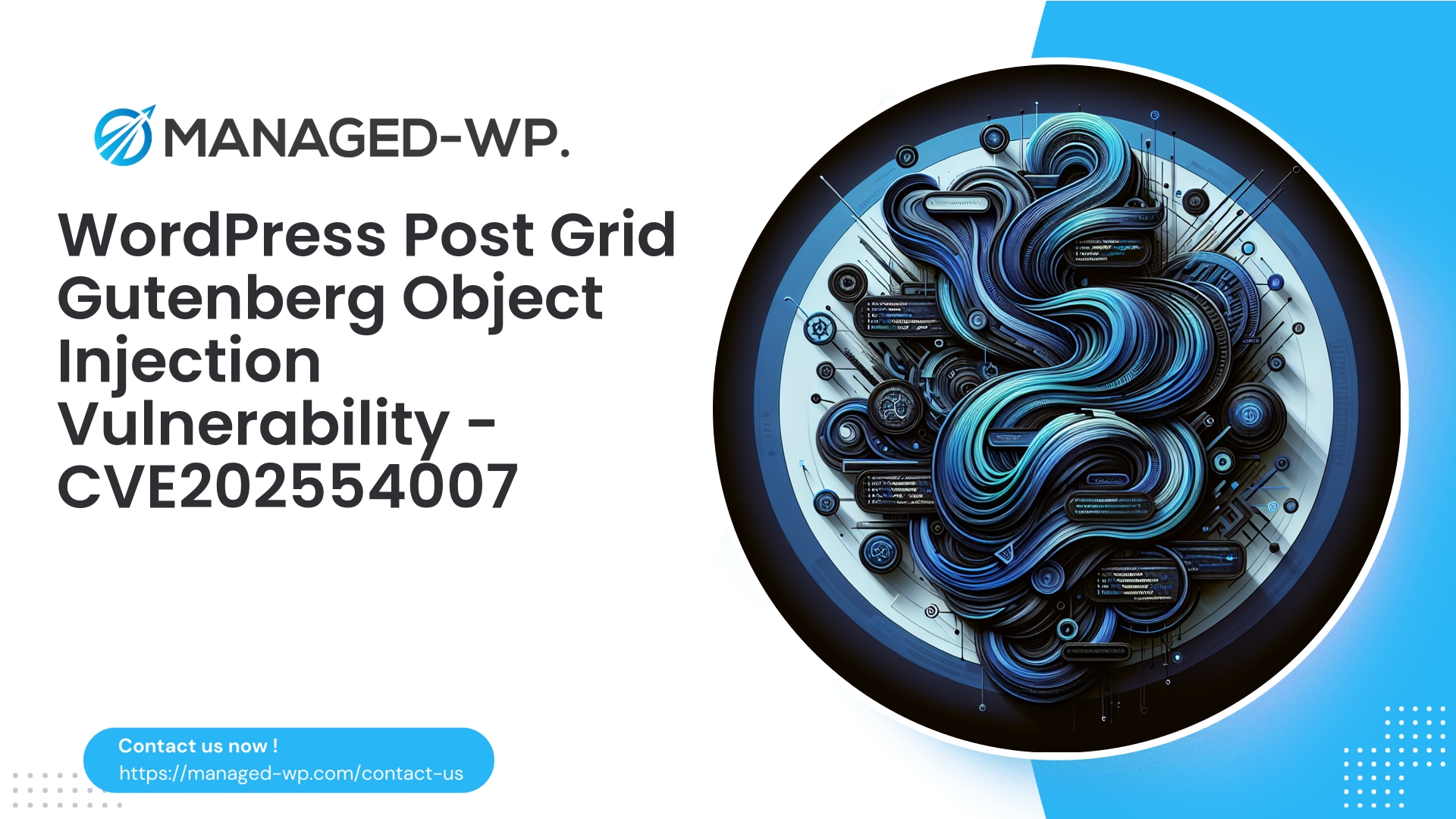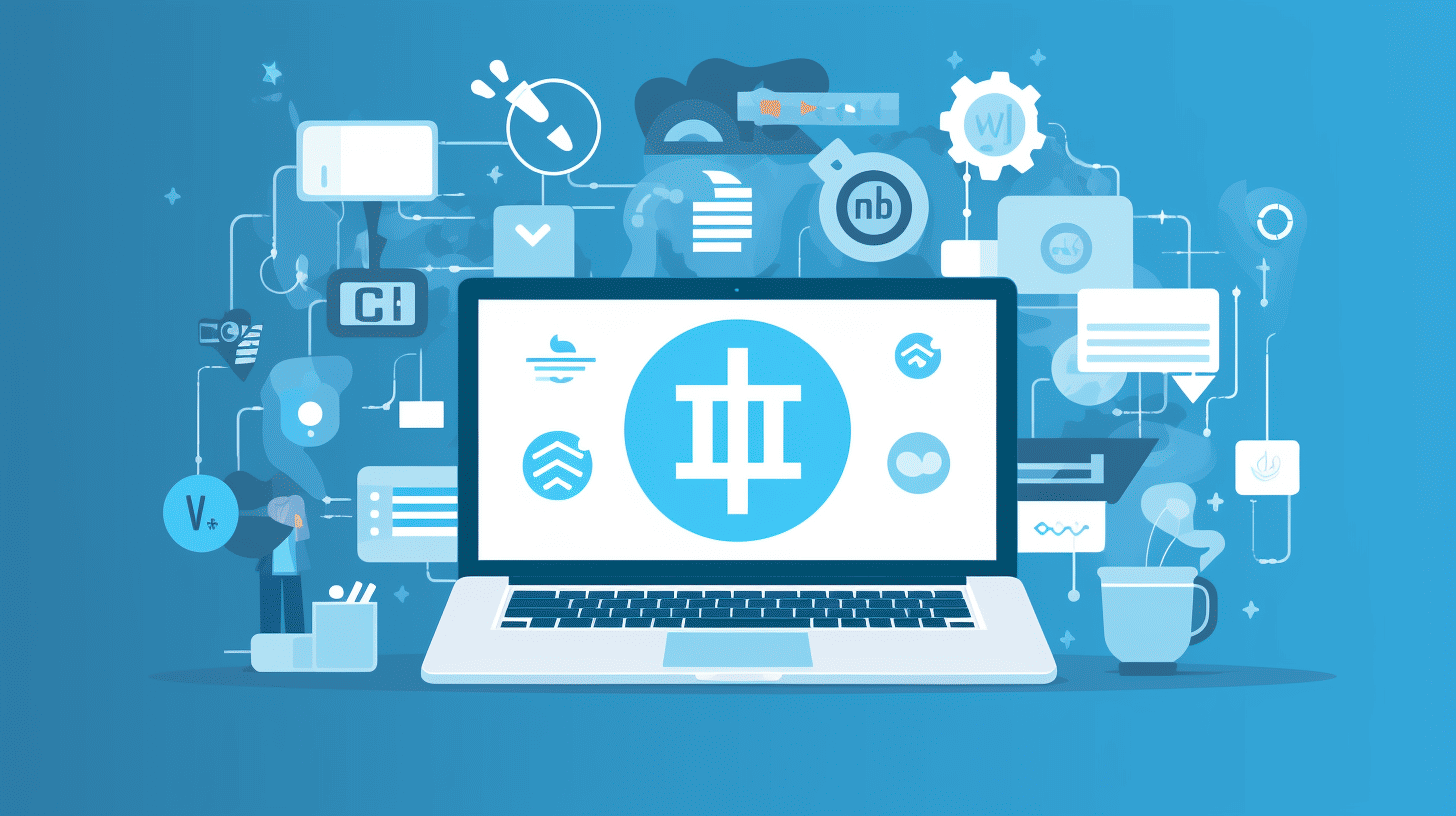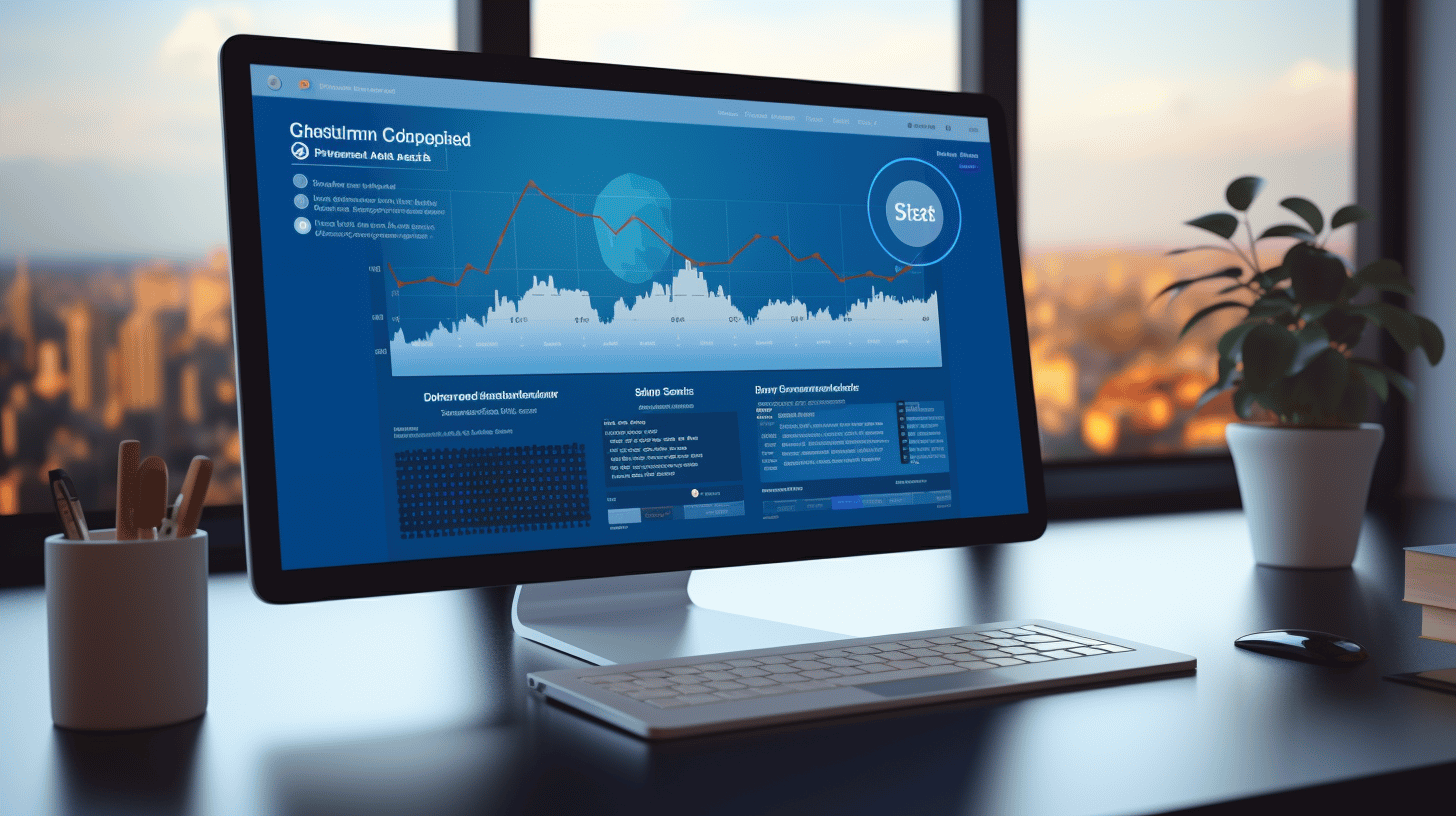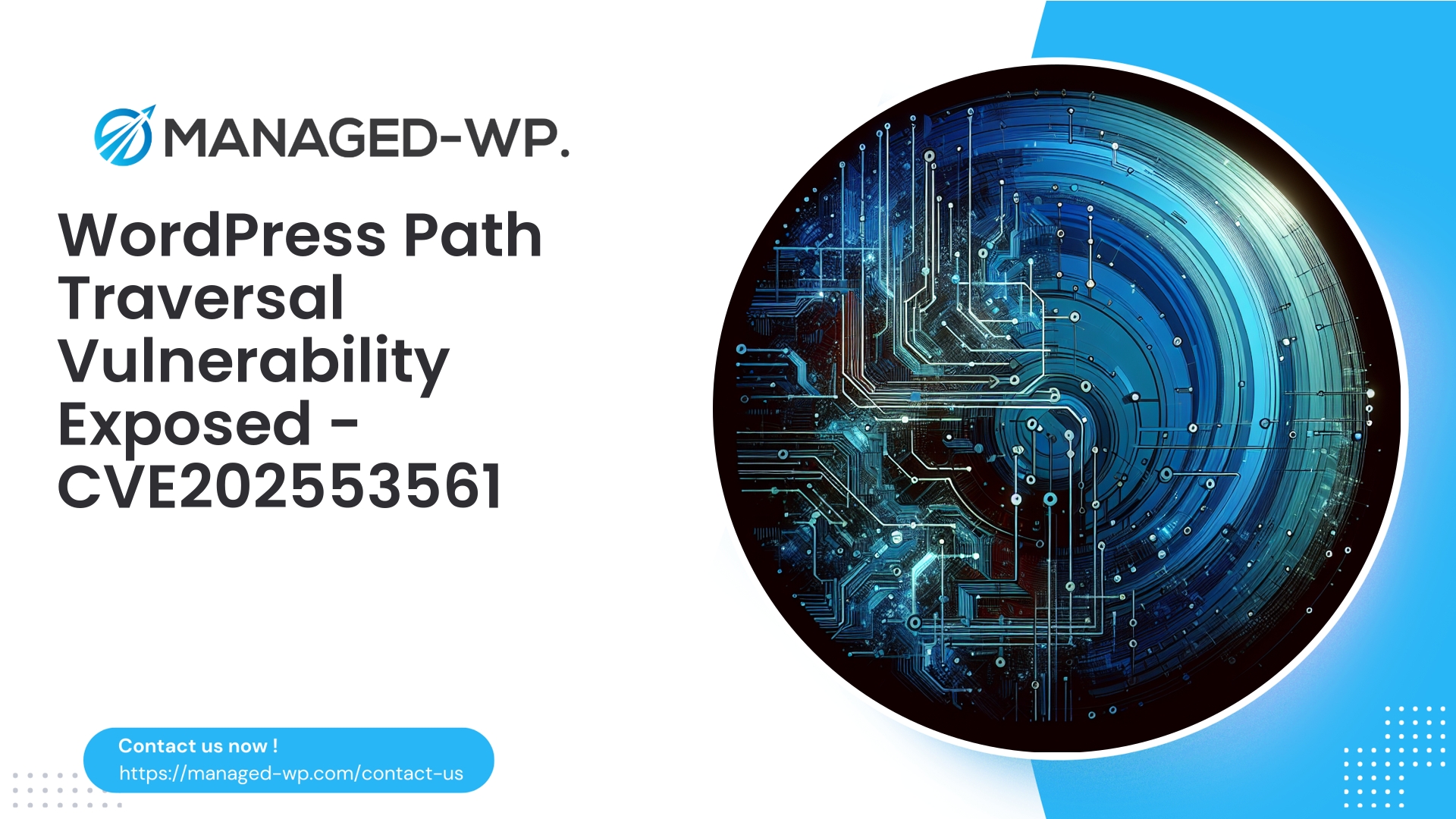| Plugin Name | WordPress Post Grid and Gutenberg Blocks Plugin |
|---|---|
| Type of Vulnerability | PHP Object Injection |
| CVE Number | CVE-2025-54007 |
| Urgency | Medium |
| CVE Publish Date | 2025-08-06 |
| Source URL | CVE-2025-54007 |
Security Alert: PHP Object Injection Vulnerability in Post Grid and Gutenberg Blocks Plugin (Versions ≤ 2.3.11)
As one of the most widely deployed content management systems globally, WordPress continues to be a prime target for cyber threats. Vulnerabilities within plugins represent a significant attack vector, and today we bring your attention to a critical security flaw identified in the Post Grid and Gutenberg Blocks plugin, affecting versions 2.3.11 and earlier.
This vulnerability, classified as PHP Object Injection, demands immediate action. In this advisory from Managed-WP, your trusted WordPress security partner, we break down:
- The mechanics and dangers of PHP Object Injection
- Potential impacts and exploitation techniques
- How to effectively safeguard your site
- Recommended immediate steps and long-term security best practices
Our mission is to equip WordPress site owners and administrators with expert insights and practical defenses to maintain a secure online presence.
Understanding PHP Object Injection Vulnerabilities
PHP Object Injection (POI) is a formidable vulnerability that arises when untrusted data is unserialized without proper validation. Attackers craft malicious serialized PHP objects that, when processed, trigger internal PHP “magic methods” such as __wakeup() or __destruct(). This can lead to a variety of malicious outcomes, including:
- Remote code execution (RCE) — allowing unauthorized commands to run on your server
- Database exploitation such as SQL injection
- Filesystem attacks including path traversal
- Denial of service (DoS) by crashing or overloading the system
Ultimately, POI can enable attackers full control over your WordPress environment if unmitigated.
Why This Plugin is Vulnerable
The Post Grid and Gutenberg Blocks plugin versions up to 2.3.11 inadequately sanitize serialized inputs during PHP deserialization. This unsafe practice permits attackers to craft payloads capable of hijacking the plugin’s inner workings and leveraging PHP’s object model for malicious ends.
Risk Assessment and Potential Impact
Managed-WP assesses this vulnerability with a CVSS score of 8.8 (Medium severity). Though exploitation requires contributor-level access, the ramifications are serious. Risks include:
- Remote Code Execution: Attackers execute arbitrary PHP code, leading to site takeover.
- Data Breaches: Extraction or manipulation of confidential database information.
- File System Compromise: Access or modification of sensitive files outside WordPress scope.
- Service Disruption: Intentional crashes or resource exhaustion attacks.
- Access Escalation: Use of Property Oriented Programming (POP) chains to amplify privileges.
The threat is immediate for sites running vulnerable versions without mitigation.
Disclosure Timeline
- May 2025: Responsible vulnerability report submitted by security researcher.
- August 2025: Early warnings circulated among WordPress security circles.
- August 2025: Plugin vendor released version 2.3.12 containing the security patch.
- Post-patch: Public disclosure enabling site owners to take swift defensive action.
Recommended Immediate Actions
1. Upgrade to Post Grid and Gutenberg Blocks Plugin Version 2.3.12 or Later
This update closes the unsafe deserialization vulnerability. Do not delay — attackers continually scan for vulnerable plugin versions.
2. Deploy a Web Application Firewall (WAF)
Implement a WordPress-focused WAF to intercept and block malicious payloads targeting this vulnerability, especially if immediate upgrading is not viable.
3. Subscribe to Continuous Vulnerability Monitoring
Early warnings and virtual patching services reduce the risk window and strengthen your security stance proactively.
4. Maintain Regular, Secure Backups
Preemptive and reliable backups minimize business disruption in the event of compromise but should complement—not replace—precise patch management.
5. Enhance Overall WordPress Security Hygiene
- Apply least privilege principles for user roles
- Configure WordPress error reporting to prevent sensitive info leakage
- Protect critical config files (e.g.,
wp-config.php) - Enforce strong authentication methods including two-factor authentication
- Keep all themes, plugins, and core WordPress updated
Impact on WordPress Websites
The Post Grid and Gutenberg Blocks plugin is popular among WordPress users for its content layout capabilities. Vulnerabilities here have broad implications:
- Injection of malicious objects through input channels such as form submissions or APIs
- Exploitation reliant on contributor or higher privileges, highlighting the importance of role-based access control
- Potential integration into complex multi-vector attacks exploiting chained vulnerabilities
Attacks may persist even after plugin updates if backdoors are installed.
Technical Complexity of Exploitation
Exploitation of PHP Object Injection is non-trivial, often requiring chaining of vulnerabilities using Property Oriented Programming (POP) techniques that leverage magic methods for code execution.
- Direct attacks possible only if specific POP chains exist within the plugin or environment.
- Developers are encouraged to refactor unsafe deserialization code.
- Awareness and mitigation reduce the feasibility of attacks despite complexity.
The Risks of Delaying Updates
Cybercriminals continuously scan for unpatched plugins, making delay costly. Typical attack patterns include:
- Automated discovery of vulnerable versions
- Rapid deployment of exploit payloads
- Site compromise, data theft, defacement, or ransomware
Timely patching and protective controls remain the strongest defense pillars.
Summary of Key Details
| Aspect | Details |
|---|---|
| Vulnerability | PHP Object Injection (unsafe deserialization) |
| Plugin Affected | Post Grid and Gutenberg Blocks |
| Versions | ≤ 2.3.11 (Vulnerable), 2.3.12+ (Patched) |
| CVSS Score | 8.8 (Medium Severity) |
| Privilege Required | Contributor-level |
| Risks | RCE, SQL Injection, Path Traversal, DoS |
| Patch Release | August 2025 |
| Mitigation | Plugin update plus firewall protection |
Strengthen Your WordPress Security: Practical Recommendations
- Activate Automatic Plugin Updates to quickly apply critical patches.
- Utilize WordPress Security Plugins that offer real-time firewall and malware detection.
- Regularly Scan Your Site to catch early signs of compromise.
- Limit Contributor and User Privileges based on the principle of least privilege.
- Monitor Access Logs looking for anomalous activities signaling attacks.
- Educate Your Team on cybersecurity awareness and response.
The Critical Role of a Dedicated WordPress Firewall
Patch management alone is not enough. The window between vulnerability discovery and patch application is when most breaches happen.
A dedicated WordPress firewall provides:
- Real-time traffic filtering and analysis
- Blocking of known and emerging exploit signatures
- Automatic mitigation of common WordPress risks detected by OWASP Top 10
- Virtual patching against zero-day vulnerabilities
- IP reputation-based blocking
This layered defense approach significantly reduces your site’s exposure to exploitation attempts, including this PHP Object Injection vulnerability.
Explore Managed-WP’s Free Protection Plan for Your WordPress Site
Robust Security at No Cost
For site owners seeking foundational security without upfront investment, Managed-WP offers a Free Plan including:
- Managed firewall with no bandwidth restrictions
- Advanced Web Application Firewall (WAF) rules targeting known threats
- Malware scanning to identify suspicious files
- Mitigation against prominent OWASP Top 10 vulnerabilities
This solution suits bloggers, startups, and developers looking to maintain a secure environment with minimal setup.
Secure your WordPress site today. Check out our Free Plan and benefit from expert security managed by WordPress professionals:
https://my.wp-firewall.com/buy/wp-firewall-free-plan/
Upgrading unlocks advanced features including automated malware removal, IP blocking, detailed reporting, and dedicated security management services.
Final Remarks: Protect Your WordPress Site Against Hidden Plugin Threats
With the vast WordPress plugin ecosystem, security vigilance remains paramount. Vulnerabilities like the PHP Object Injection flaw in Post Grid and Gutenberg Blocks highlight the constant risk hidden beneath convenient functionality.
Always remember to:
- Keep informed of current threat intelligence
- Promptly apply plugin and core updates
- Leverage strong firewalls and continuous monitoring
- Maintain secure backups and implement access controls
By adopting these best practices, you dramatically reduce your vulnerability footprint and safeguard your site, data, and visitors.
Additional Resources
- Inside PHP Object Injection Attacks: A Technical Overview
- Effective Strategies for Securing WordPress Plugins
- How Web Application Firewalls Protect WordPress Sites
- Step-by-Step Plugin Update Guide for WordPress Administrators
Security is an ongoing process. Managed-WP is here to guide you through it with expert care.
Authored by the Managed-WP Security Team – Committed to securing WordPress, one site at a time.



















